DJI Mavic 4 Pro Has 360° ‘Infinity Gimbal’ and New 100MP Sensor
![]()
DJI has announced the Mavic 4 Pro, its latest high-end drone built for professional aerial photography and video applications. The Mavic 4 Pro features a brand-new 100-megapixel Hasselblad image sensor, large CMOS dual telephoto cameras, and an “Infinity Gimbal” with 360 degrees of rotation.
The DJI Mavic 4 Pro features an advanced Hasselblad triple camera system with 35mm equivalent focal lengths of 28mm, 70mm, and 168mm, ensuring that creators can get nearly any shot, from expansive wide-angle landscapes to detailed close-ups. While each camera features a different image sensor, all three include Dual Native ISO Fusion, ensuring that users can get good image quality in challenging situations. The Mavic 4 Pro can stack up to five RAW frames to improve overall image quality.
![]()
The main 28mm camera features the largest sensor of the trio. It uses a new 100-megapixel Hasselblad Micro Four Thirds image sensor. The 100MP claim comes with a slight caveat, as it is a quad Bayer sensor, like what is found in many smartphones, and therefore not the same as a 100-megapixel medium-format Hasselblad image sensor. Nonetheless, the new sensor promises improved resolution and image quality over its predecessor. The accompanying lens has a versatile f/2 to f/11 aperture range, and its five-bladed aperture diaphragm delivers sharp 10-ray starbursts.
![]()
The 70mm medium telephoto camera has a 48-megapixel Type 1/1.3 sensor and f/2.8 aperture. This also promises improved image quality thanks to a new image processing engine.
Rounding out the trifecta is the 50-megapixel Type 1/1.5 long telephoto camera. The 168mm f/2.8 equivalent lens works alongside an improved gimbal algorithm to enhance stabilization and image quality when performing long-range aerial photography.
![]()
Many creators use DJI Mavic drones for video recording, not just aerial still photography. All three Mavic 4 Pro cameras support 4Kp60 HDR recording, while the 28mm main camera and its larger image sensor takes things further, offering 6Kp60 HDR recording. DJI claims that the main camera has a dynamic range of up to 16 stops, while the 70mm and 168mm cameras deliver 14 and 13 stops, respectively.
The 28mm and 70mm cameras also record 4Kp120 video, while the 168mm telephoto camera tops out at 4Kp100. All three cameras record 10-bit D-Log, D-Log M, and HLG color profiles.
![]()
One of the DJI Mavic 4 Pro’s most significant new features is its 360° Infinity Gimbal. Never before seen on a DJI drone, the innovative gimbal delivers a full 360 degrees of rotation and 70-degree upward shots. Beyond allowing users to capture dynamic video with “Dutch angles” or more effectively keep the horizon level during sweeping turns and dives, the new gimbal also supports easy vertical video recording and portrait orientation photography.
The DJI Mavic 4 Pro should also be easier to safely fly thanks to its six high-performance, low-light fisheye sensors and dual processors. The drone has omnidirectional obstacle avoidance in low light at speeds up to 18 meters per second. It also features real-time vision positioning and map construction tech, allowing it to memorize flight paths and return home without GPS.
![]()
Many use drones like the Mavic 4 Pro to follow and track subjects. The Mavic 4 Pro features ActiveTrack 360°, which promises improved low-light performance and the ability to keep a moving subject in focus even when partially obscured. The drone can detect vehicles from up to 200 meters away, too, making it a compelling choice for automotive cinematography.
The Mavic 4 Pro combines improved aerodynamics and a larger 95Wh battery to keep the drone in the air longer. The drone promises flight times up to 51 minutes, top speeds of 90 kilometers per hour (about 56 miles per hour), and a range of 41 kilometers (25.4 miles). Thanks to DJI O4+ transmission, which uses proprietary algorithms, the drone can transmit 10-bit HDR imagery from up to 30 kilometers (18.6 miles) away.
Alongside the Mavic 4 Pro drone, DJI announced the DJI RC Pro 2 remote controller. The pro-grade remote features a bright 7-inch Mini-LED screen, which can rotate for vertical video, and an HDMI port. The collapsible remote has four hours of battery life and 128GB of built-in storage for recording high-quality video and audio (when used with the DJI Mic).
![]()
Concerning storage, the DJI Mavic 4 Pro standard version comes with a 64GB internal storage module, while the Mavic 4 Pro in the Creator Combo bumps storage up to 512GB. The Creator Combo version also supports ALL-I 4:2:2 encoded video recording.
“When we launched the previous model this was the first drone with a triple camera combination allowing content creators to switch between shot composition with just one tap,” says Ferdinand Wolf, Product Experience Director at DJI. “The Mavic 4 Pro’s innovative 360° rotation Infinity Gimbal goes one step further and offers even more shooting options. We’re really looking forward to seeing how people experiment with their shots and the cinematic possibilities that this opens up.”
Sample Images
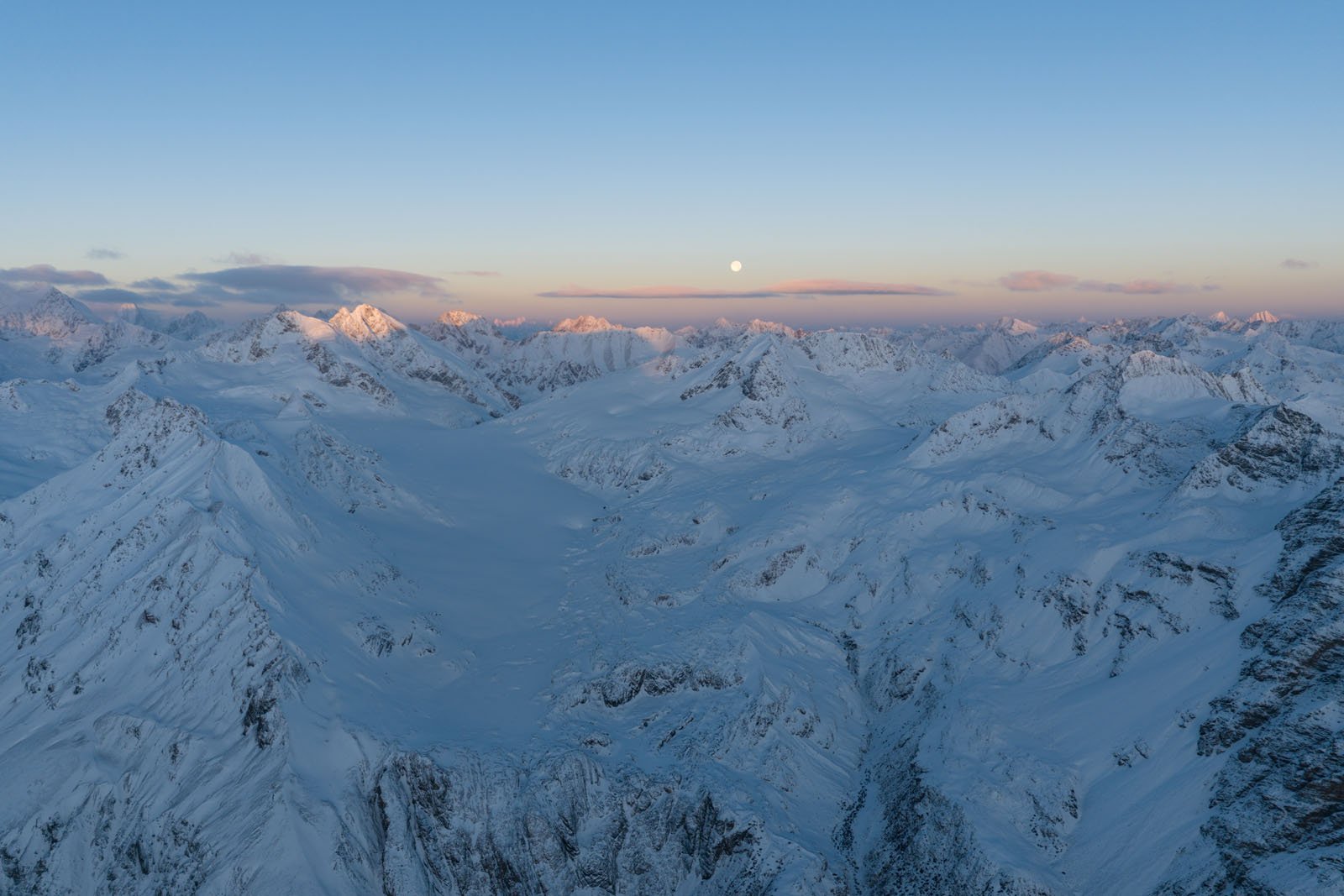
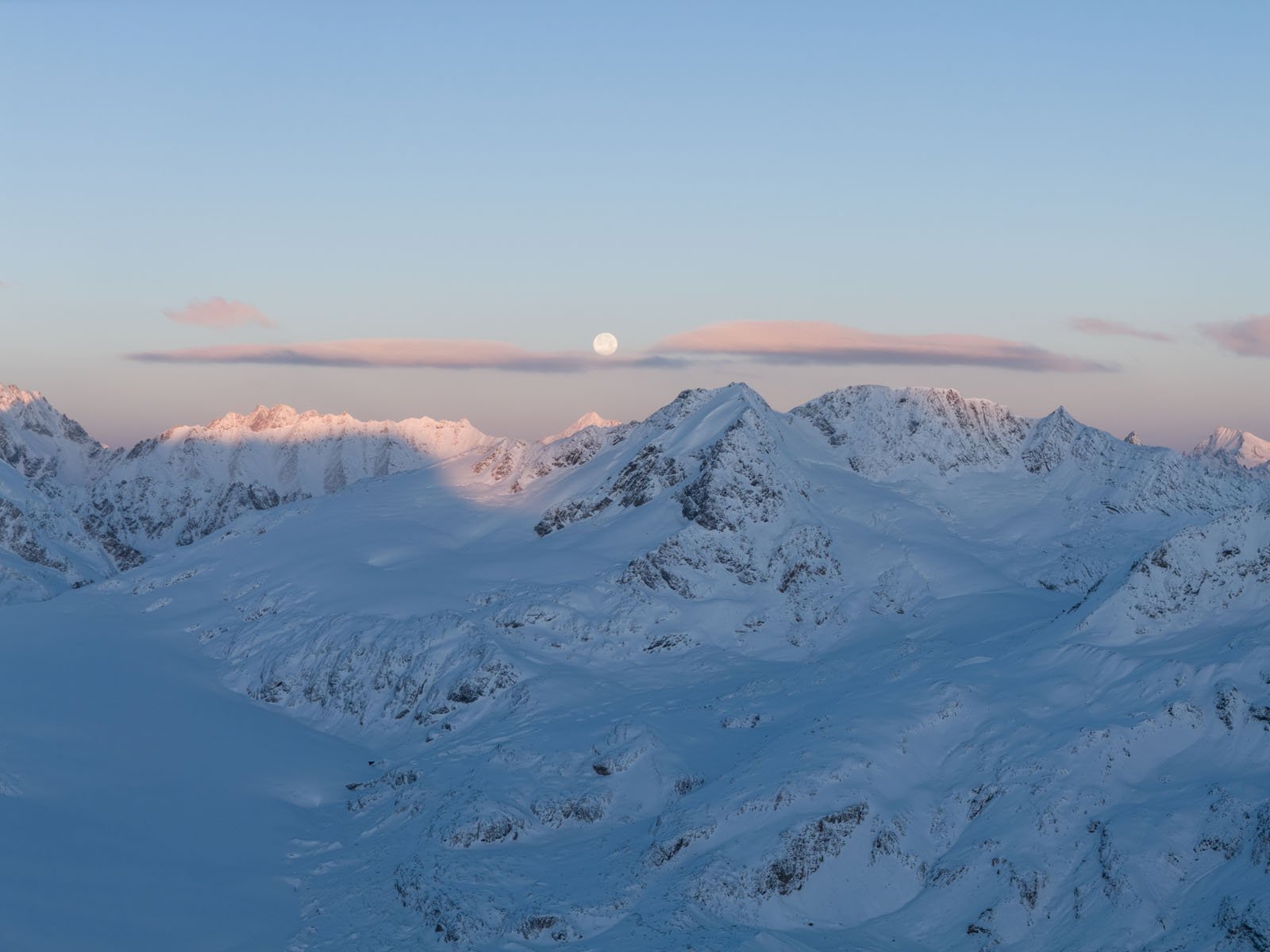

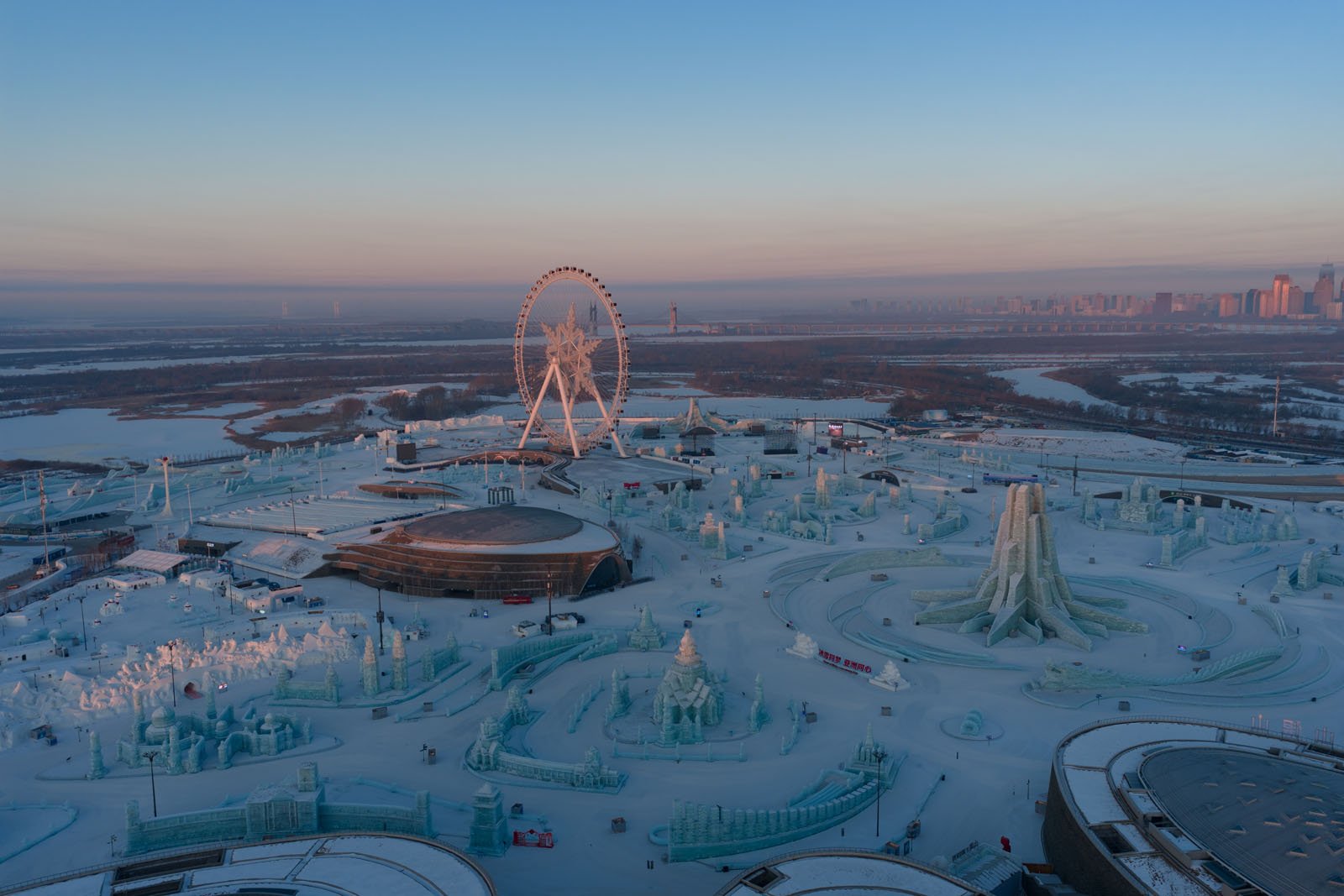
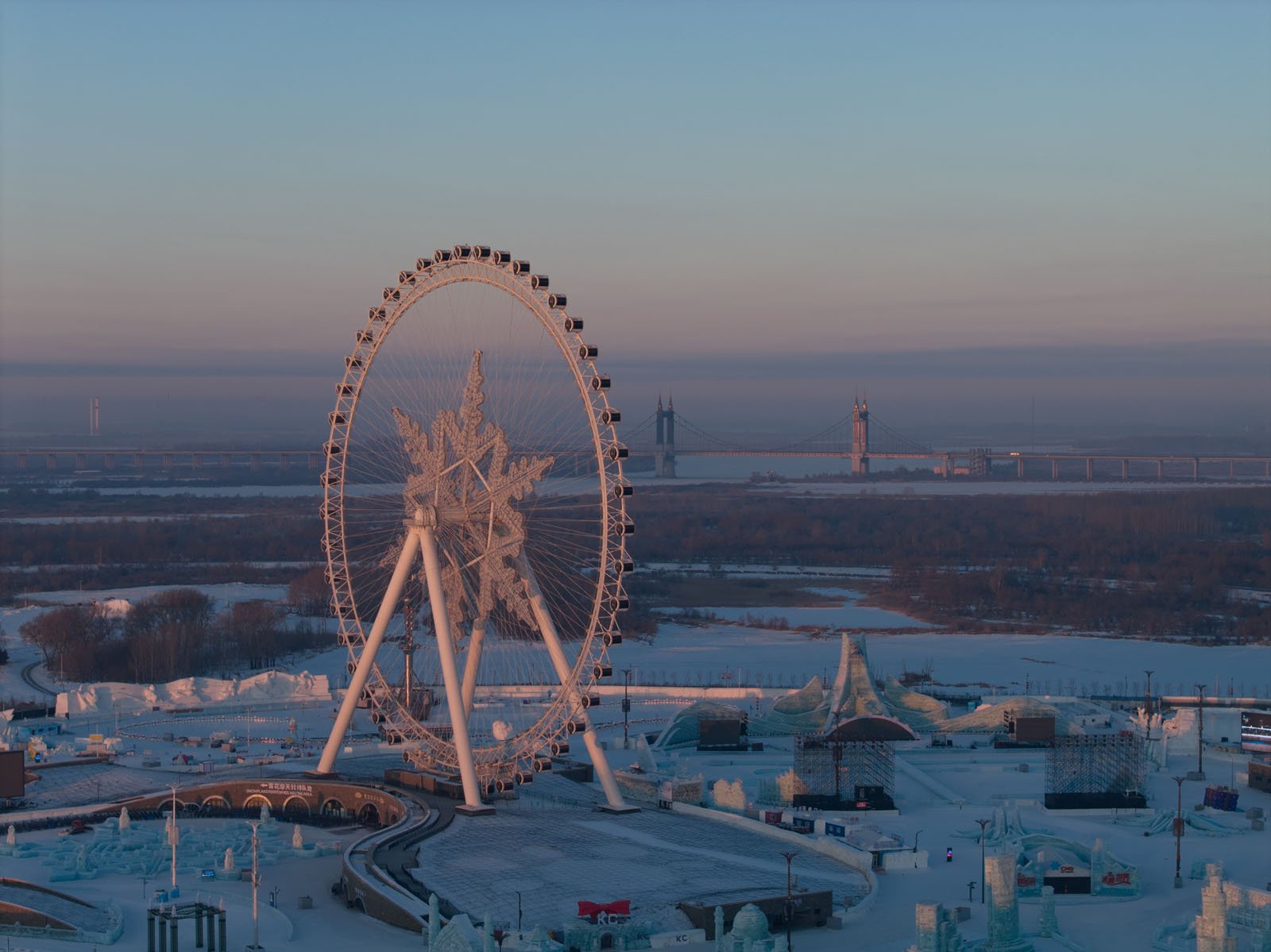
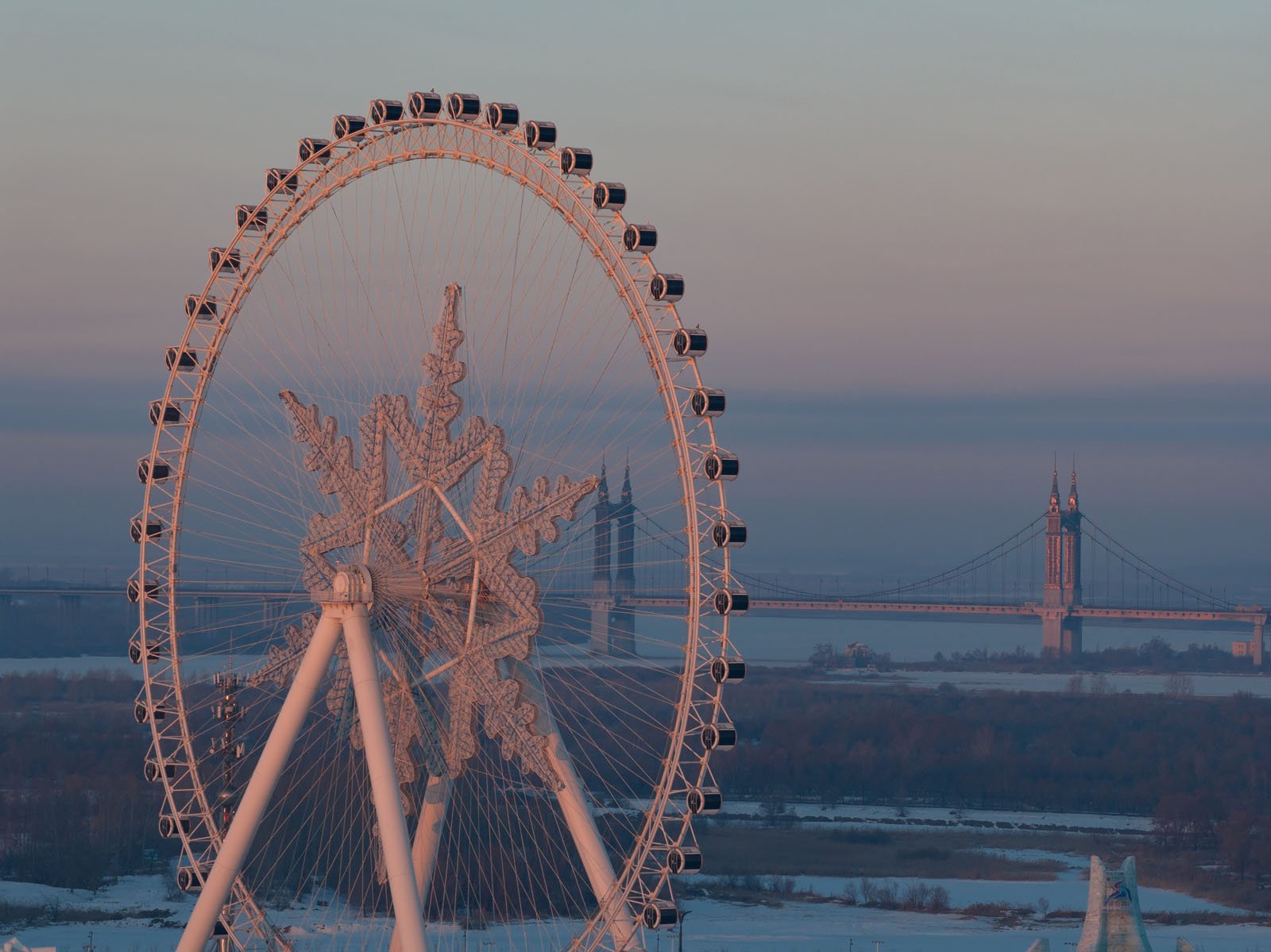
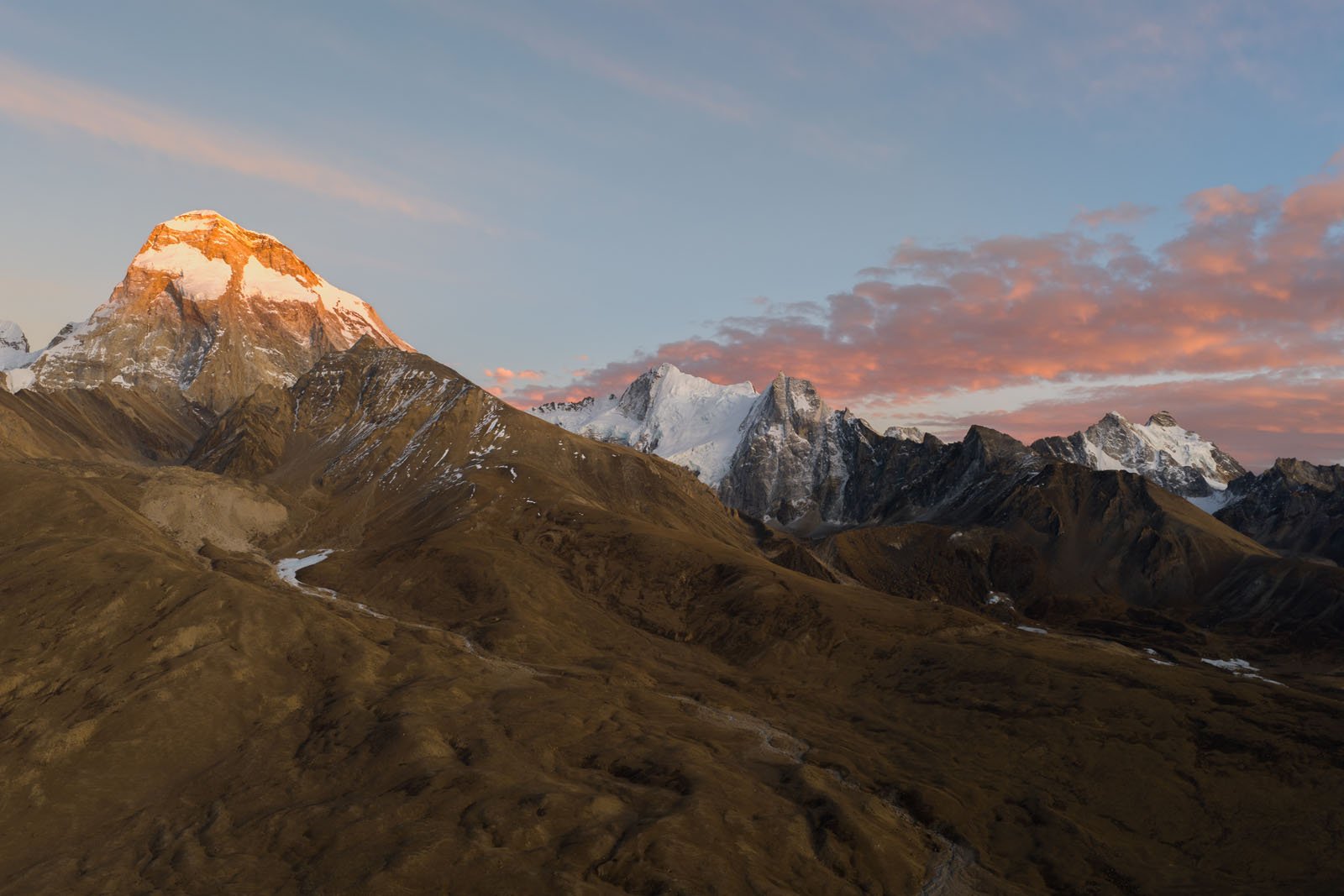
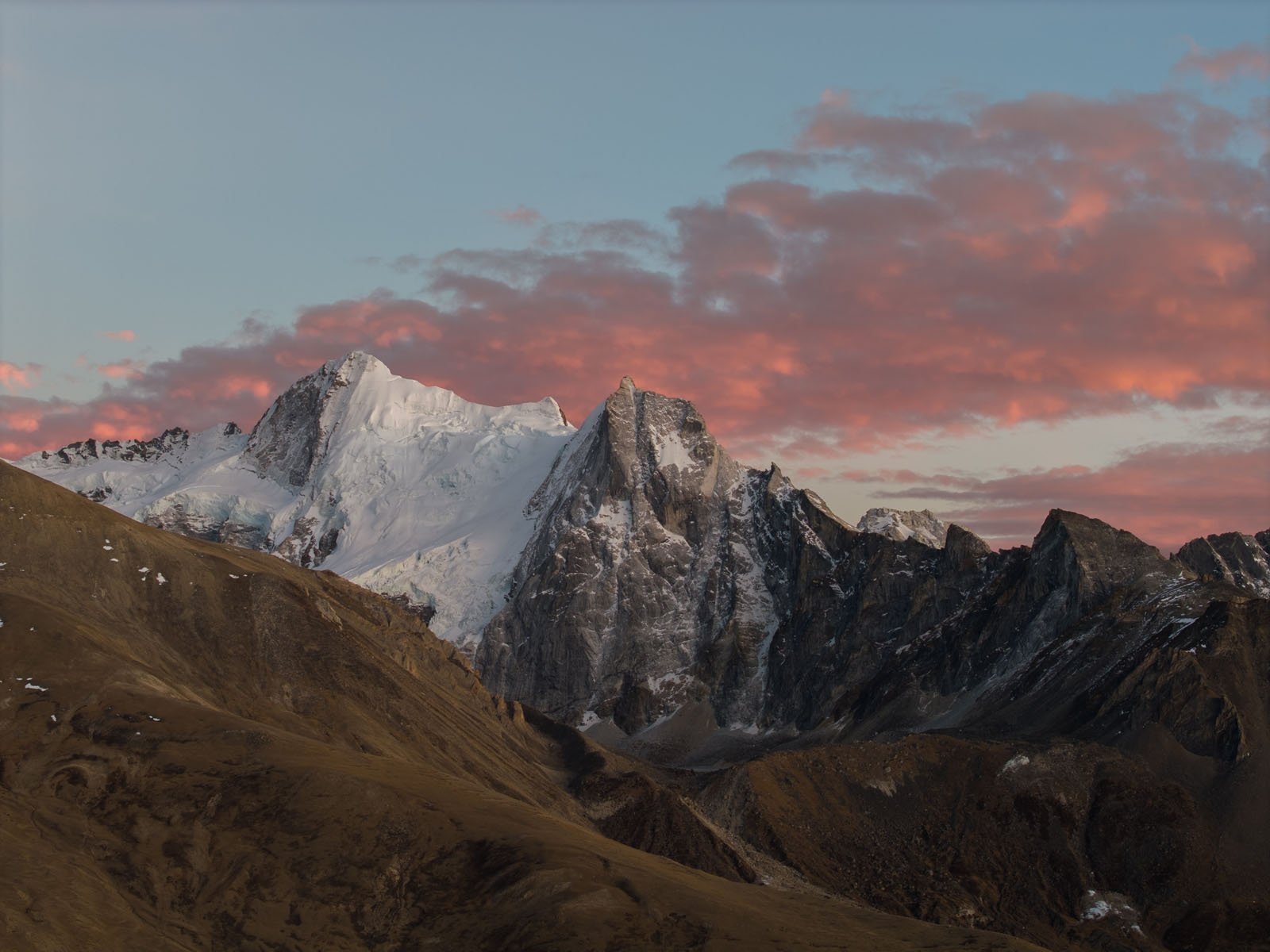
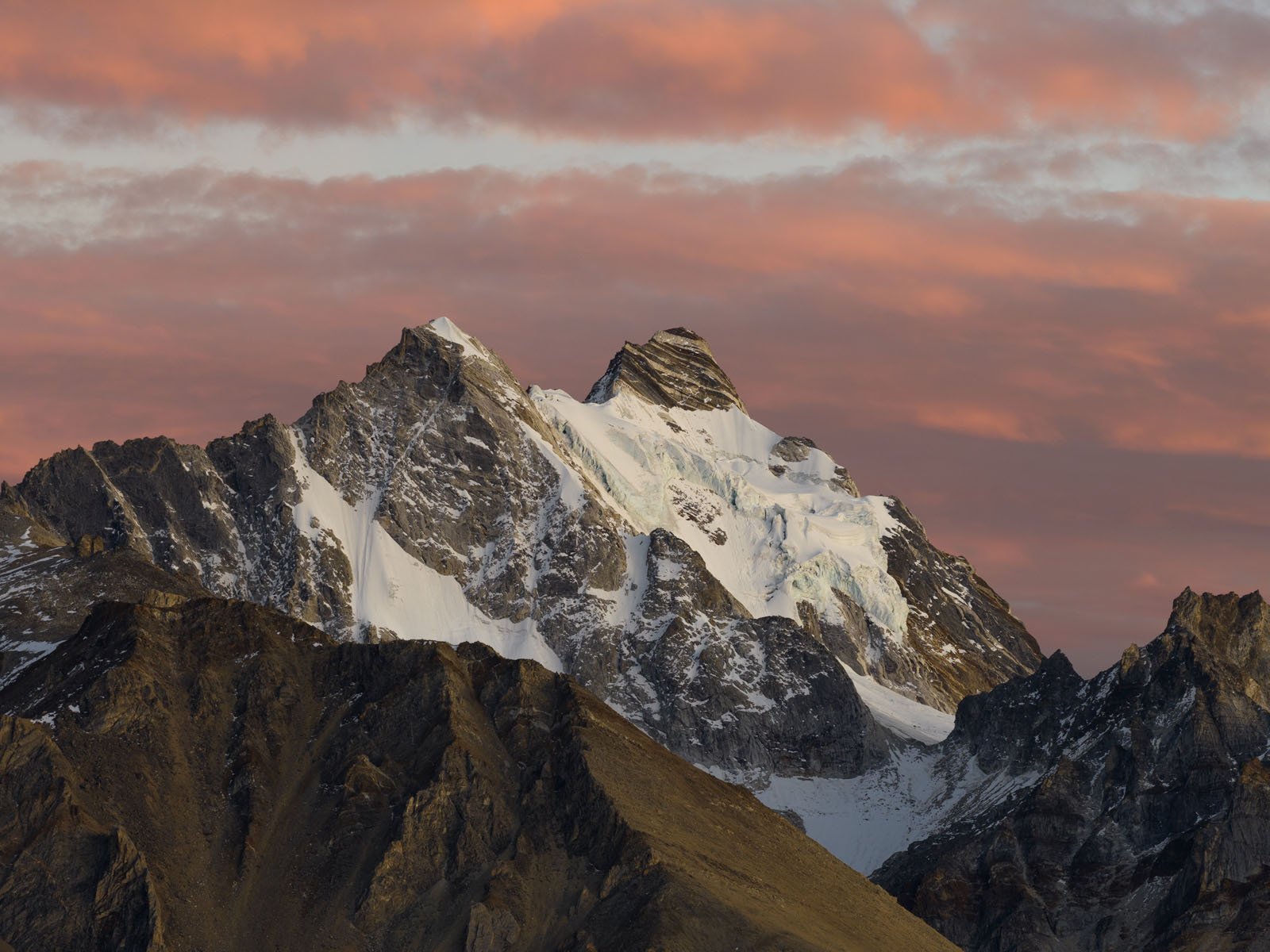

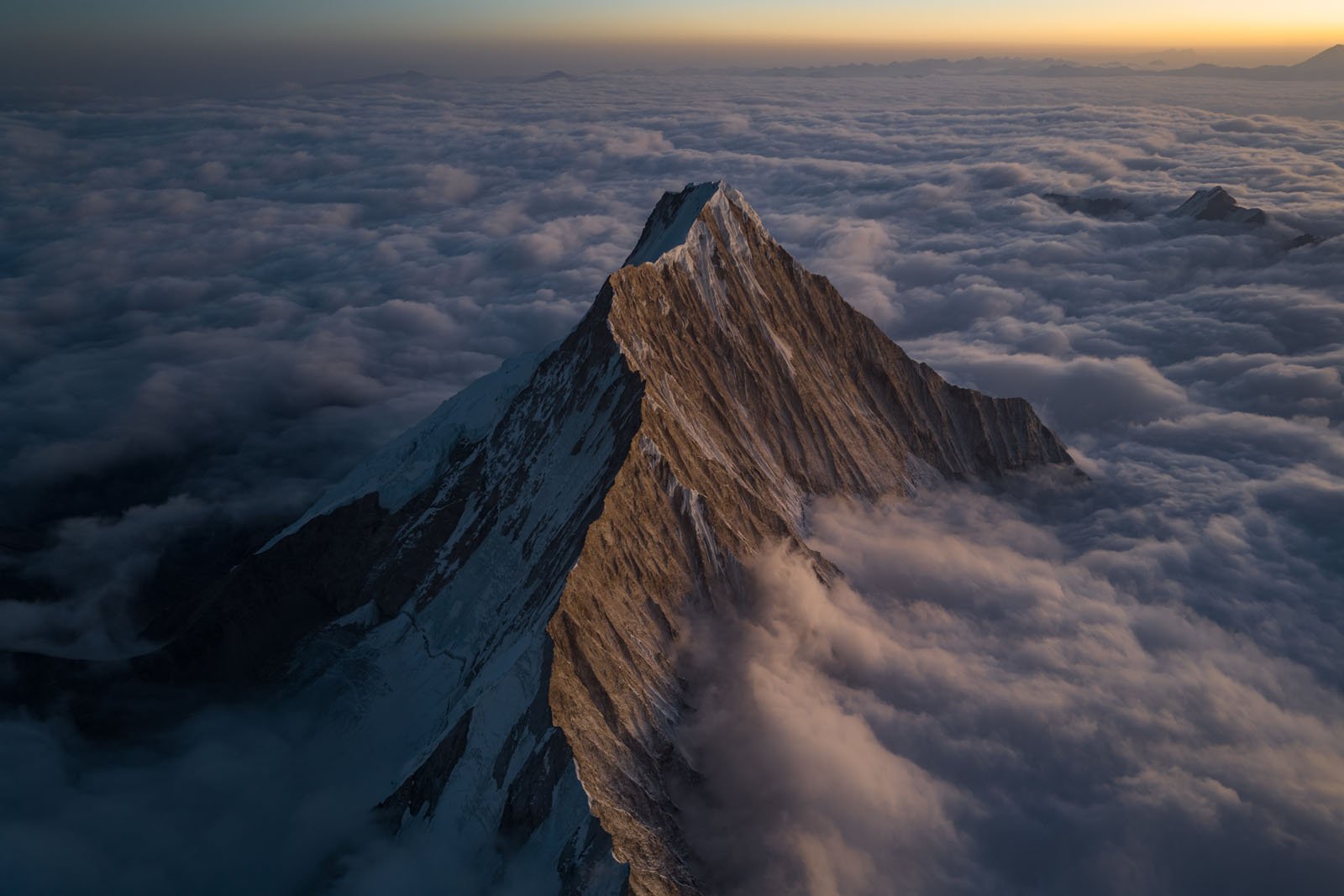
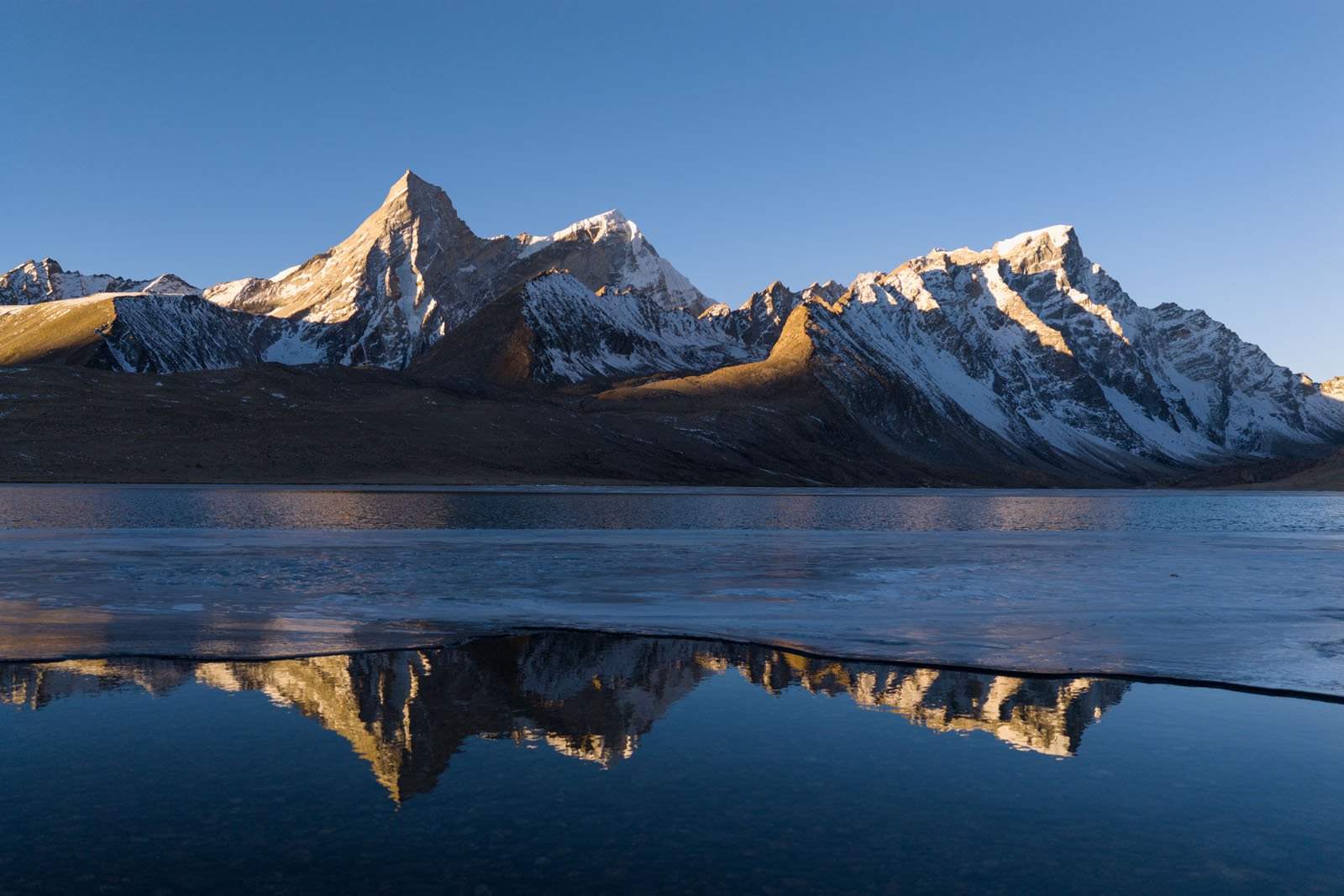

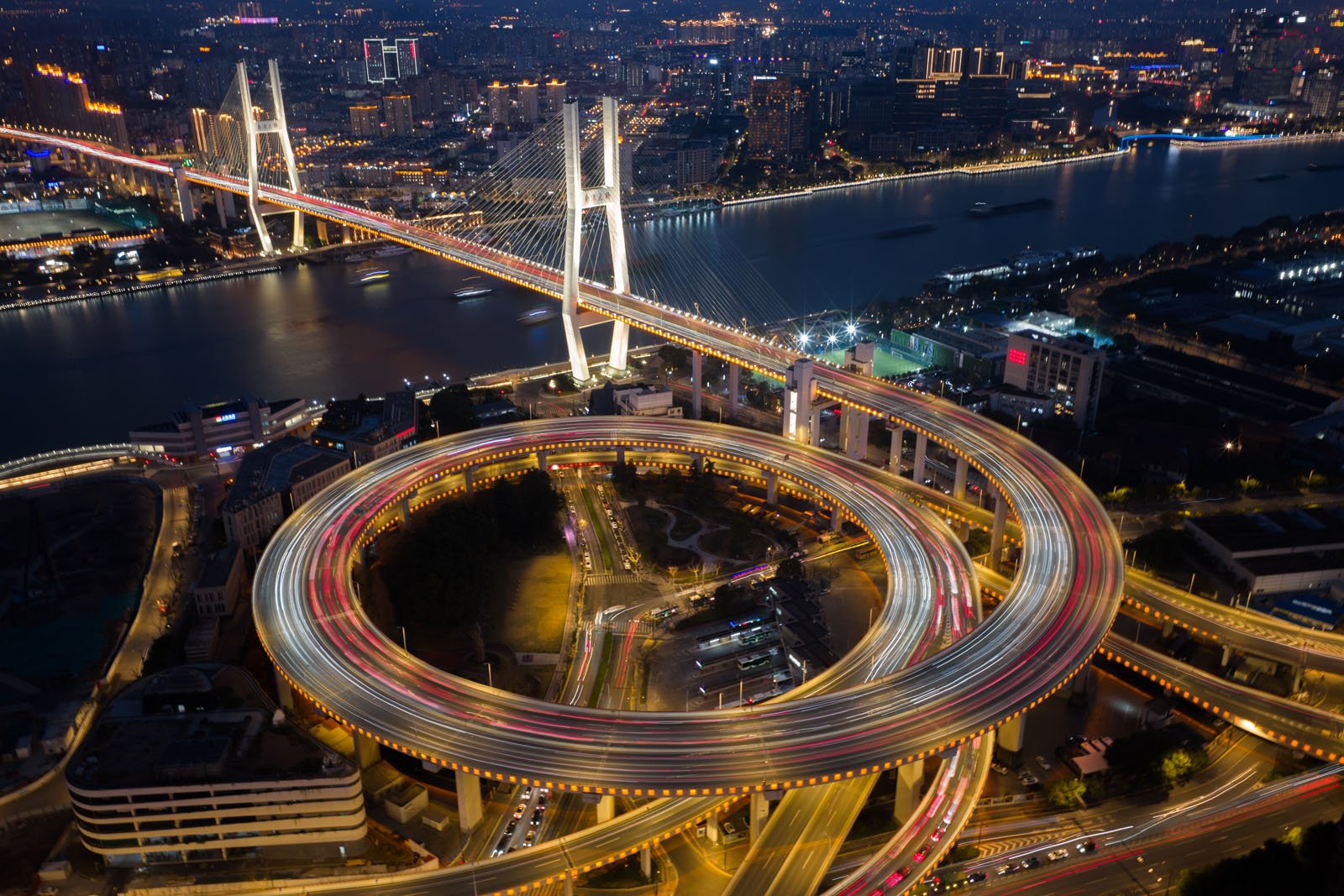
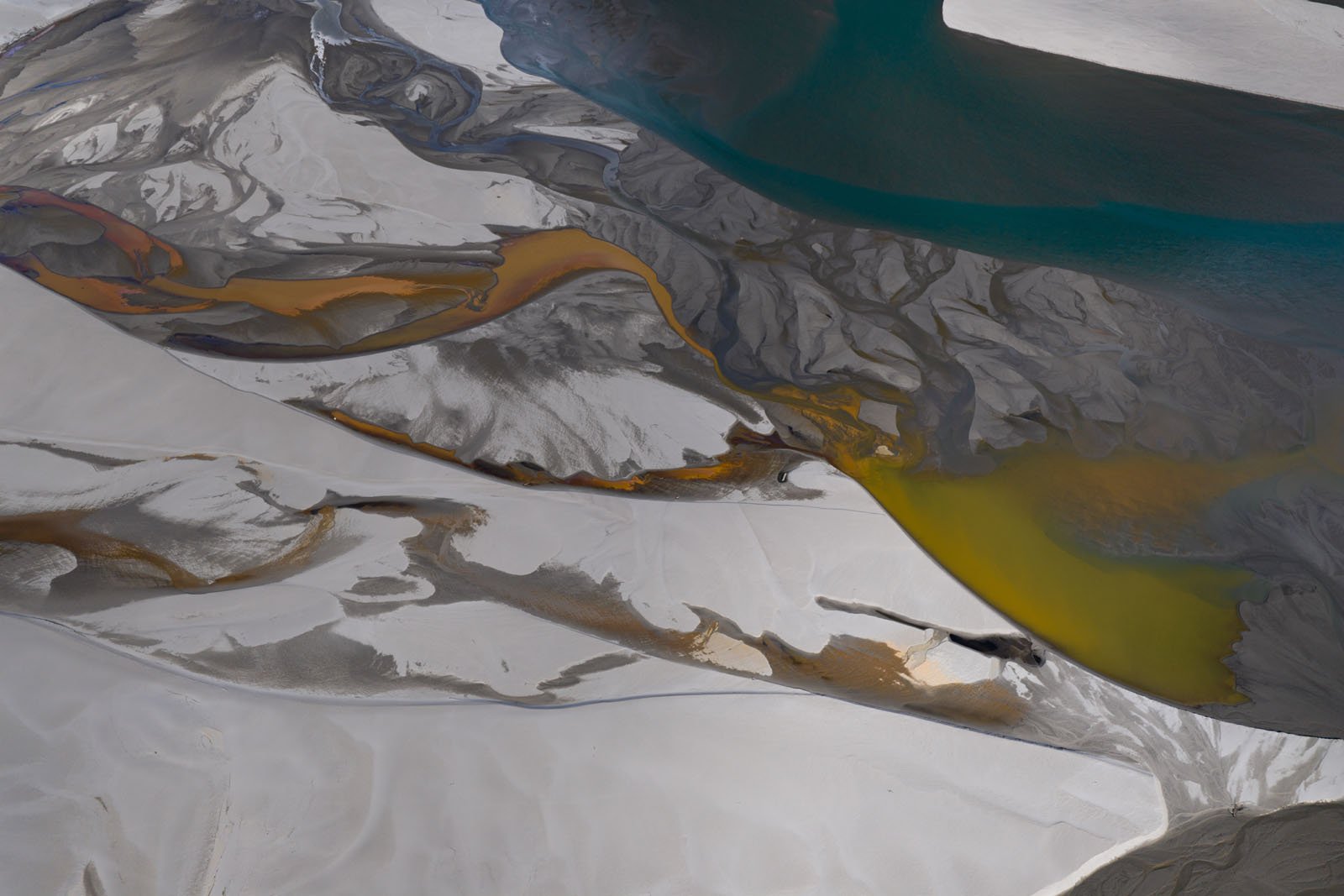
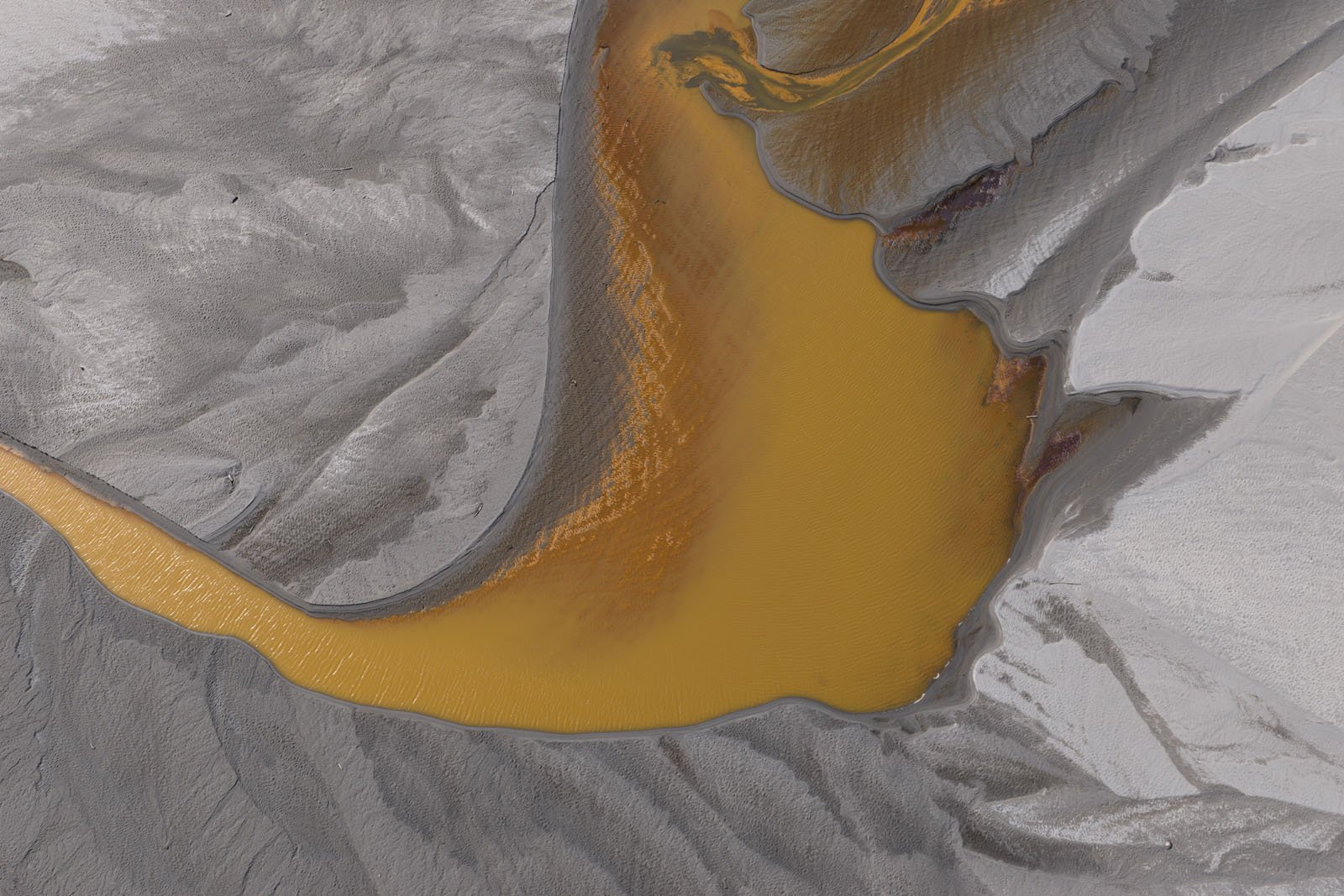

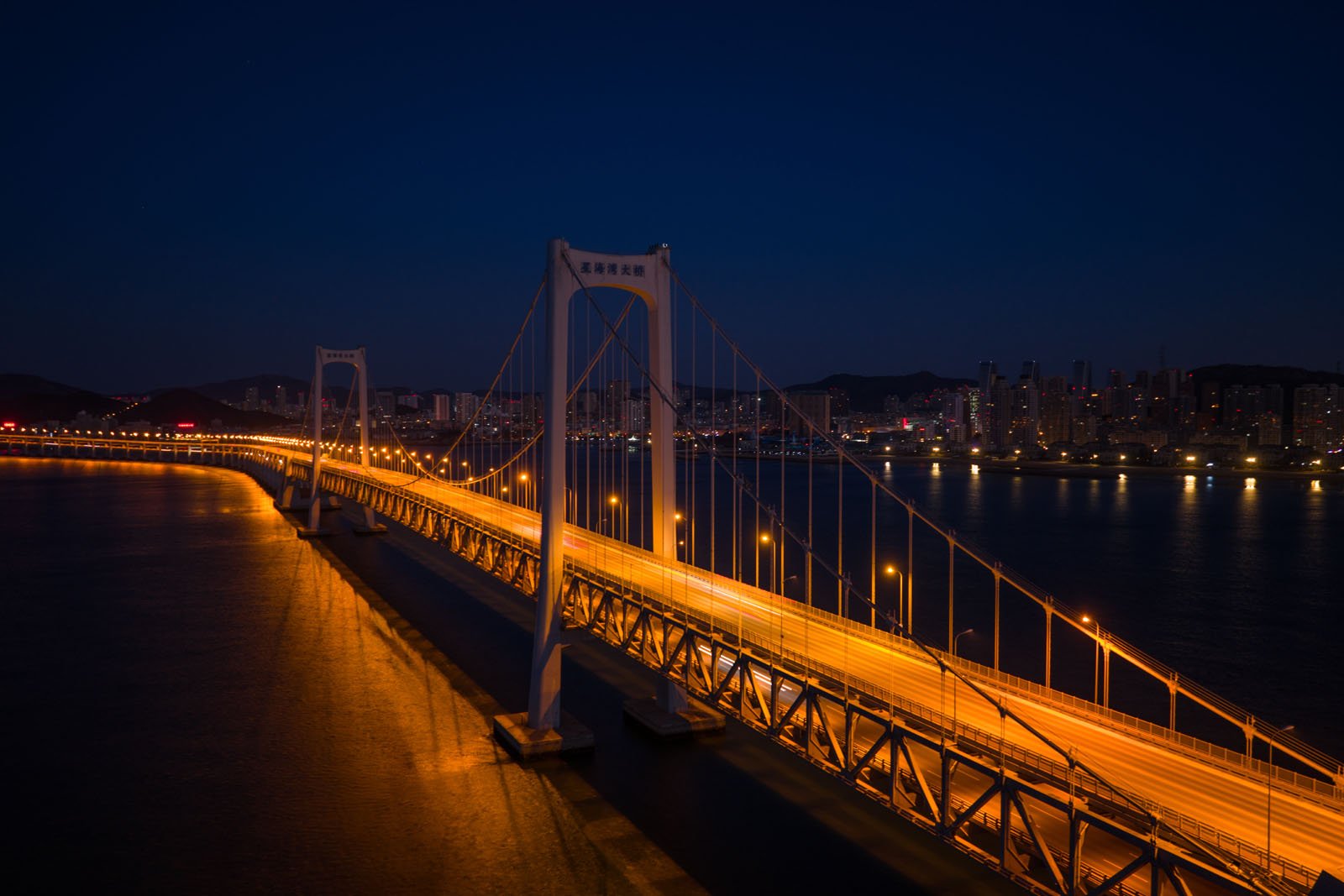
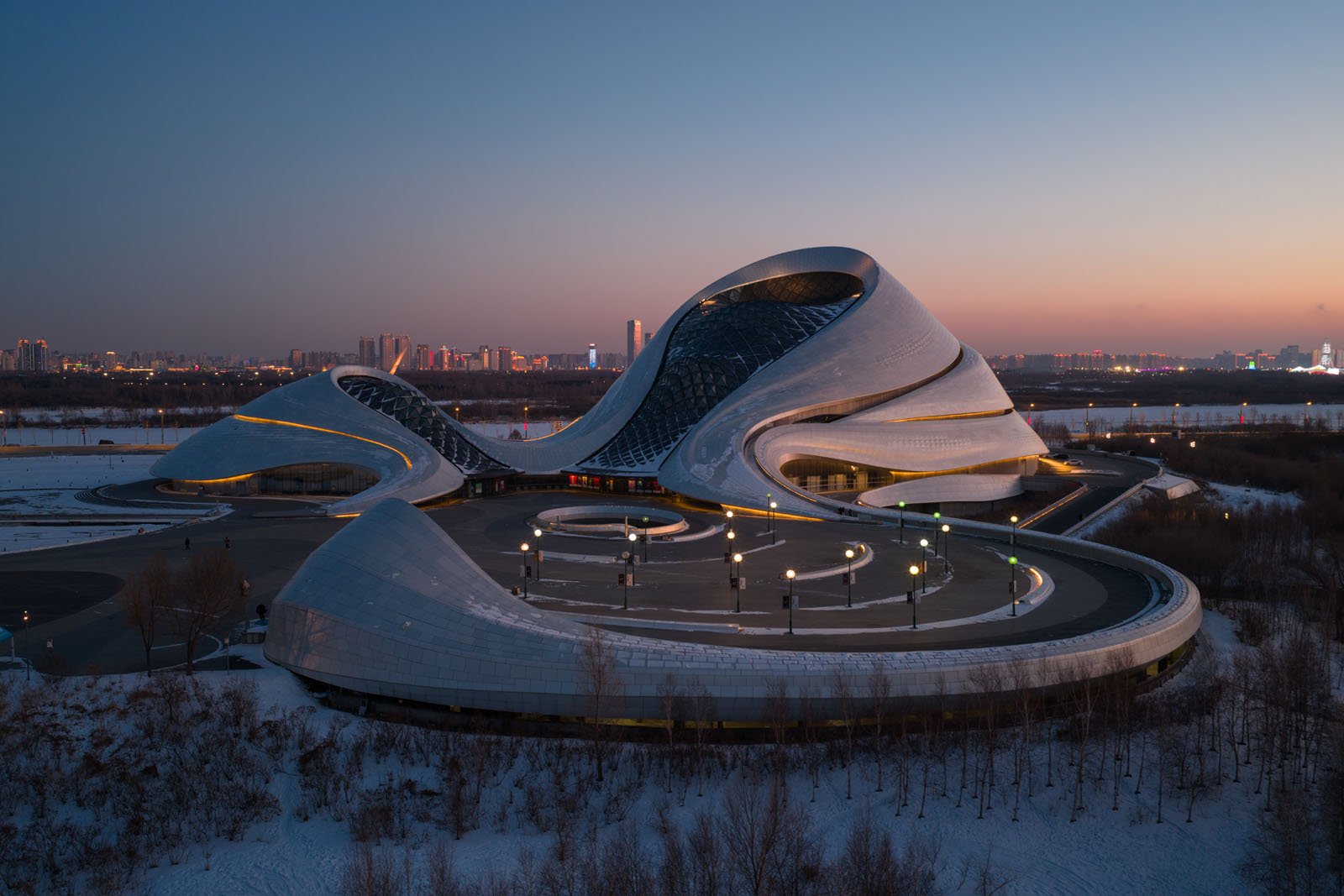
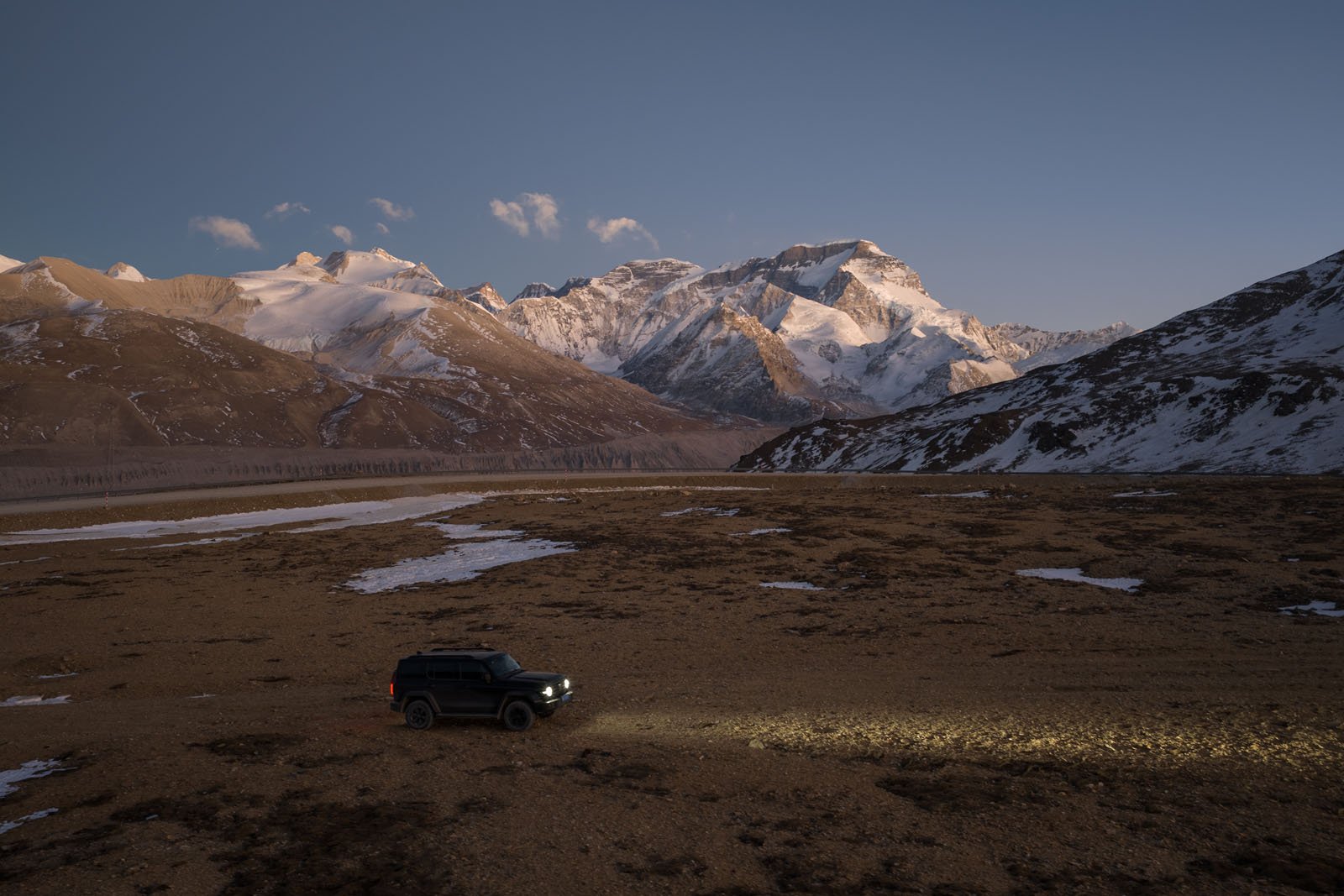
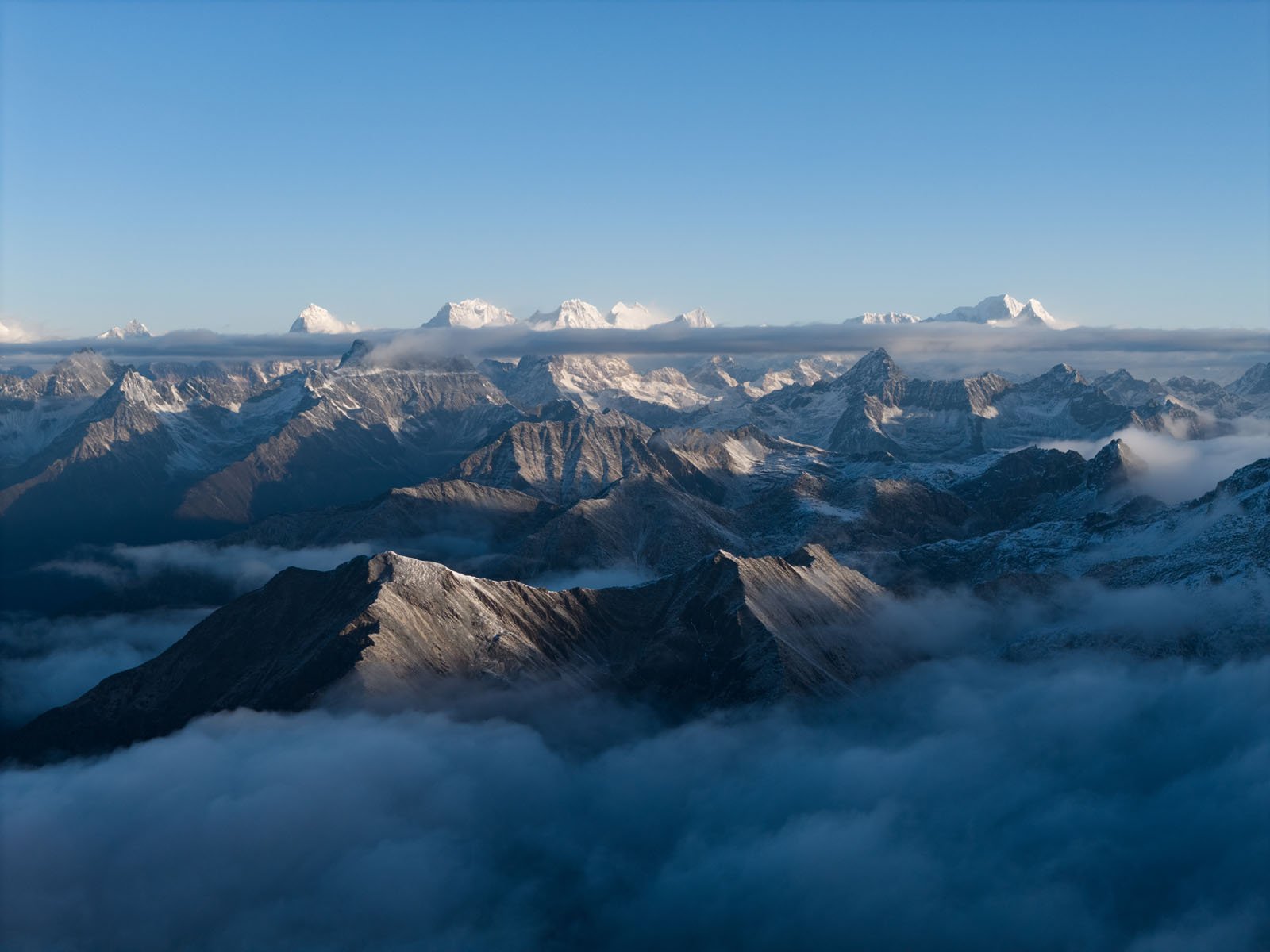
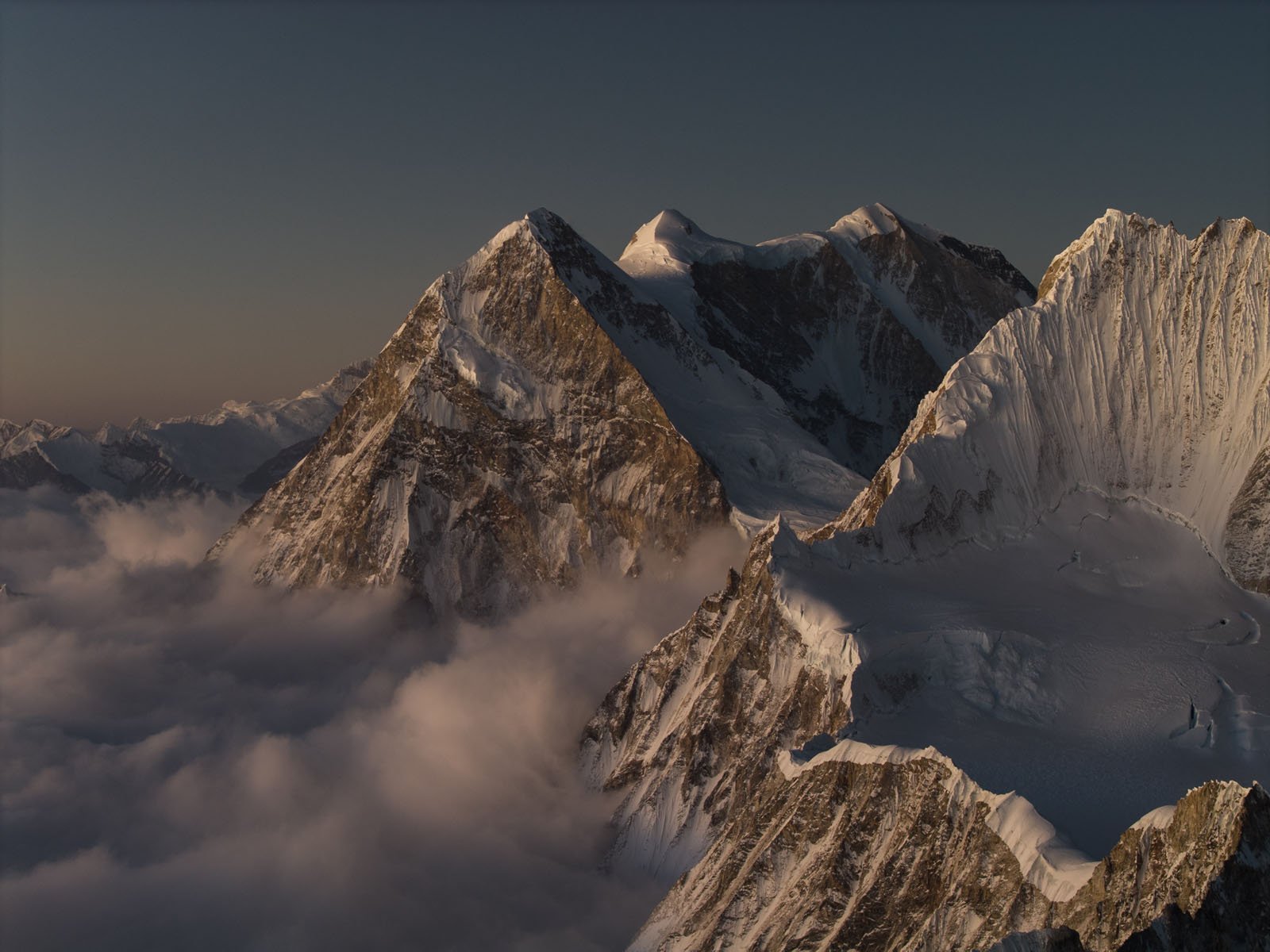
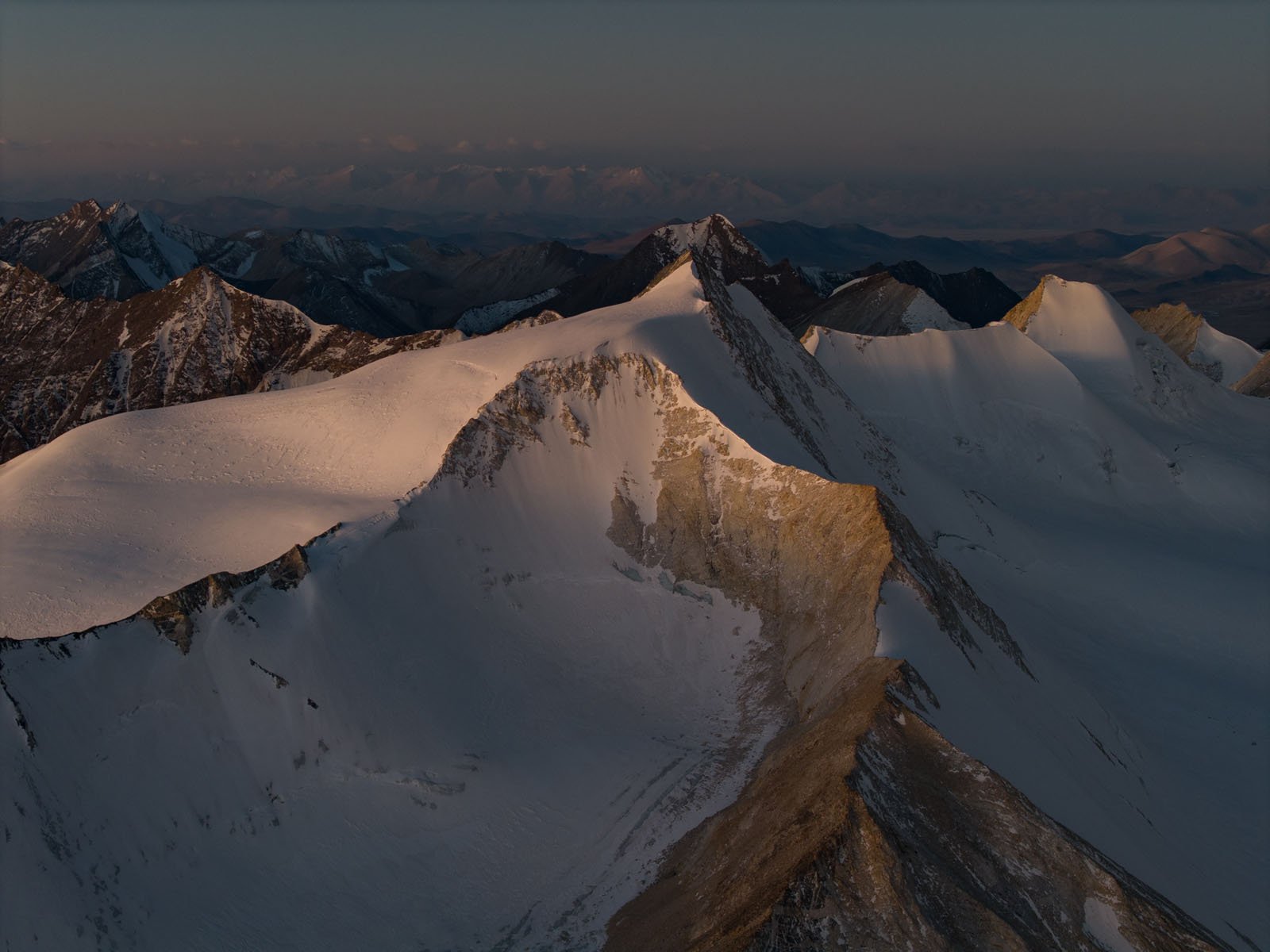
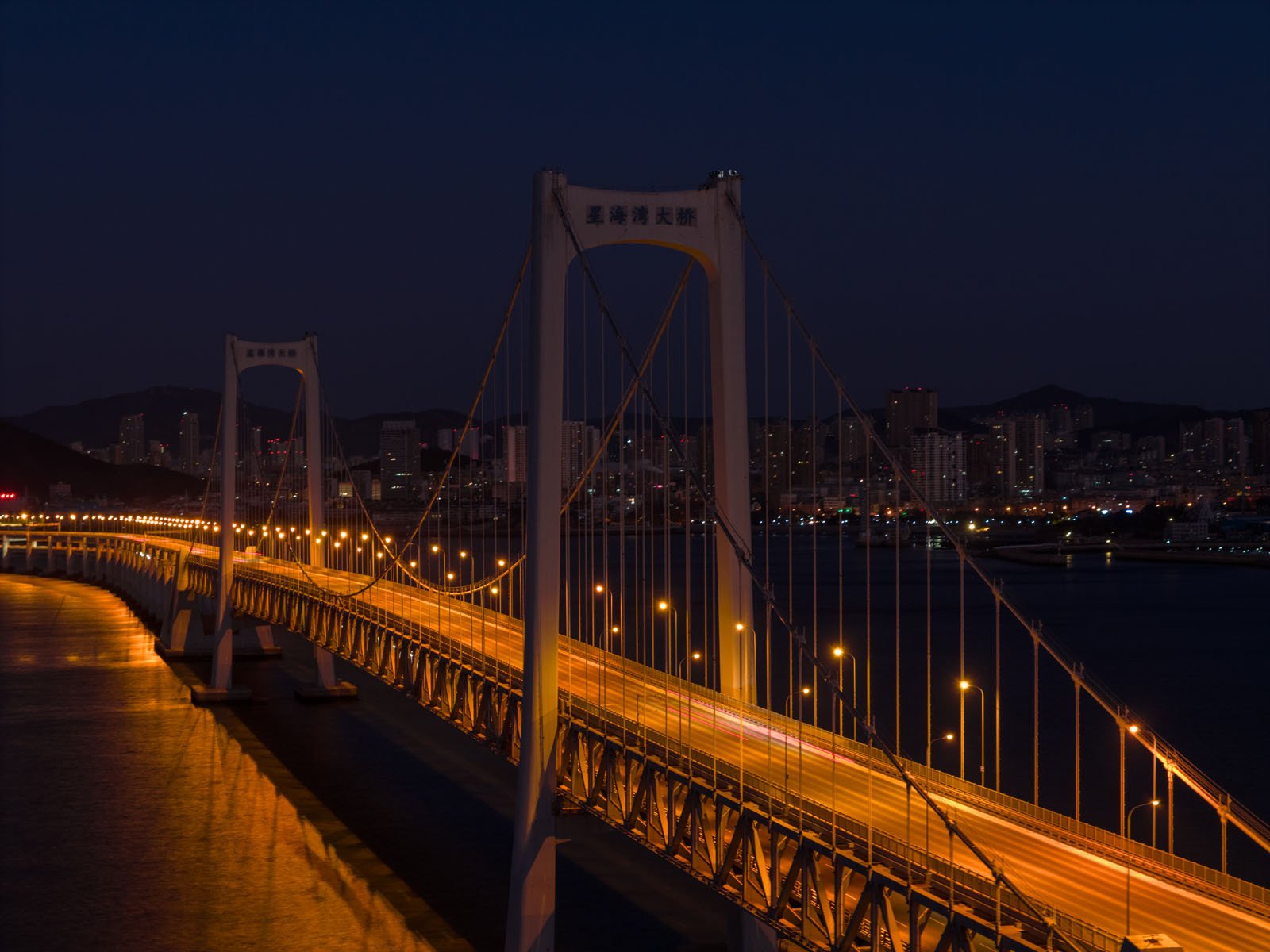
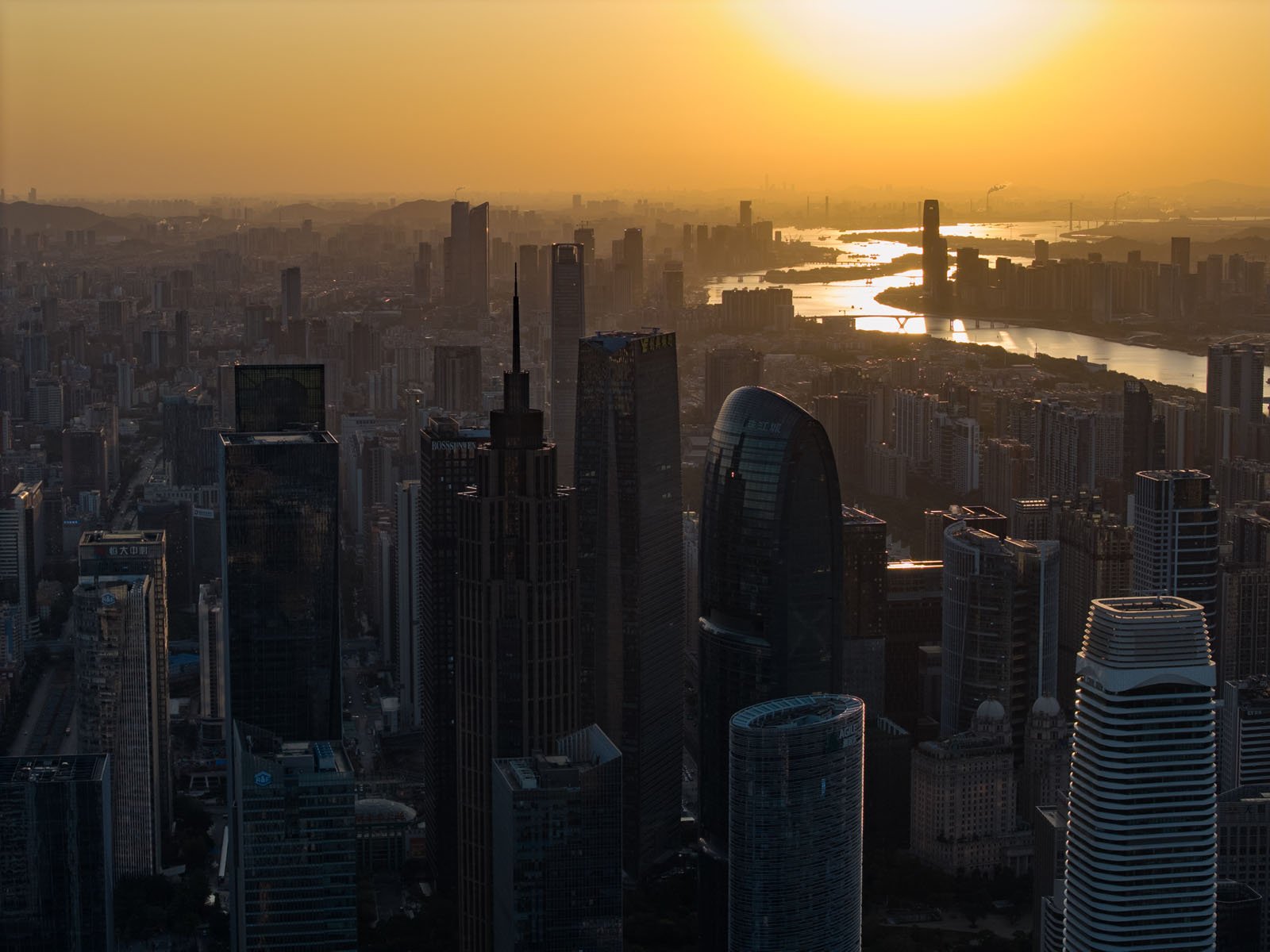
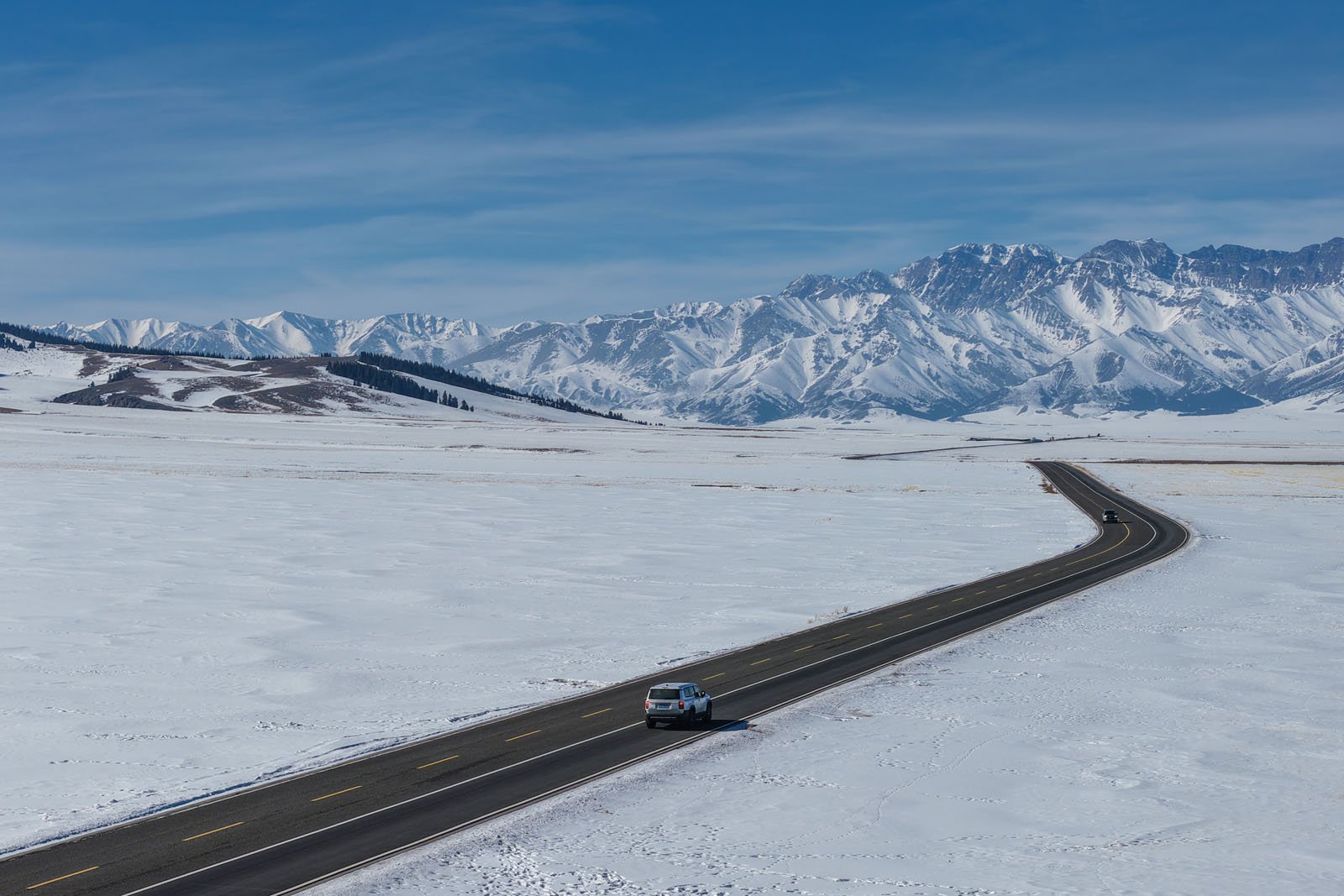
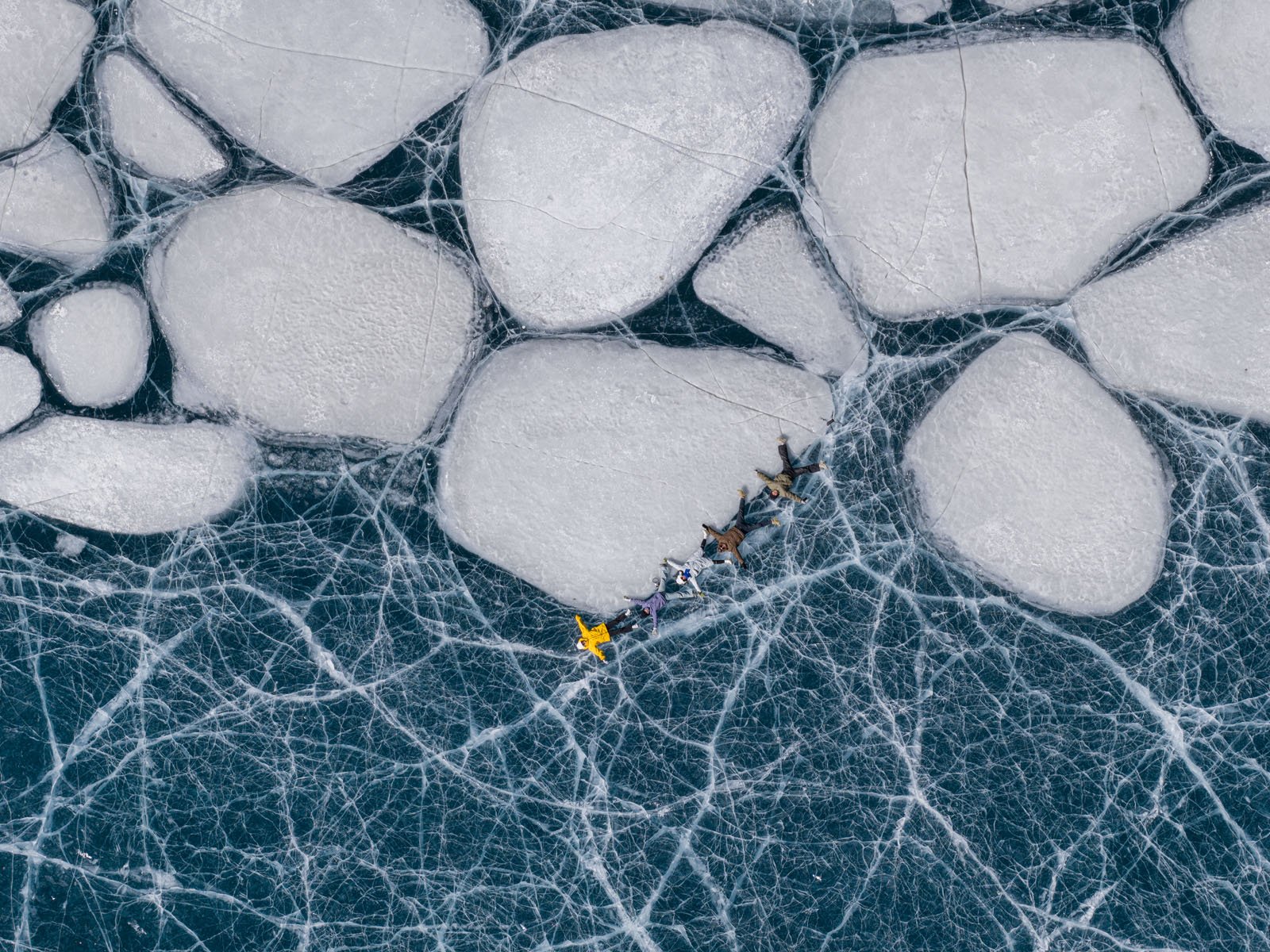
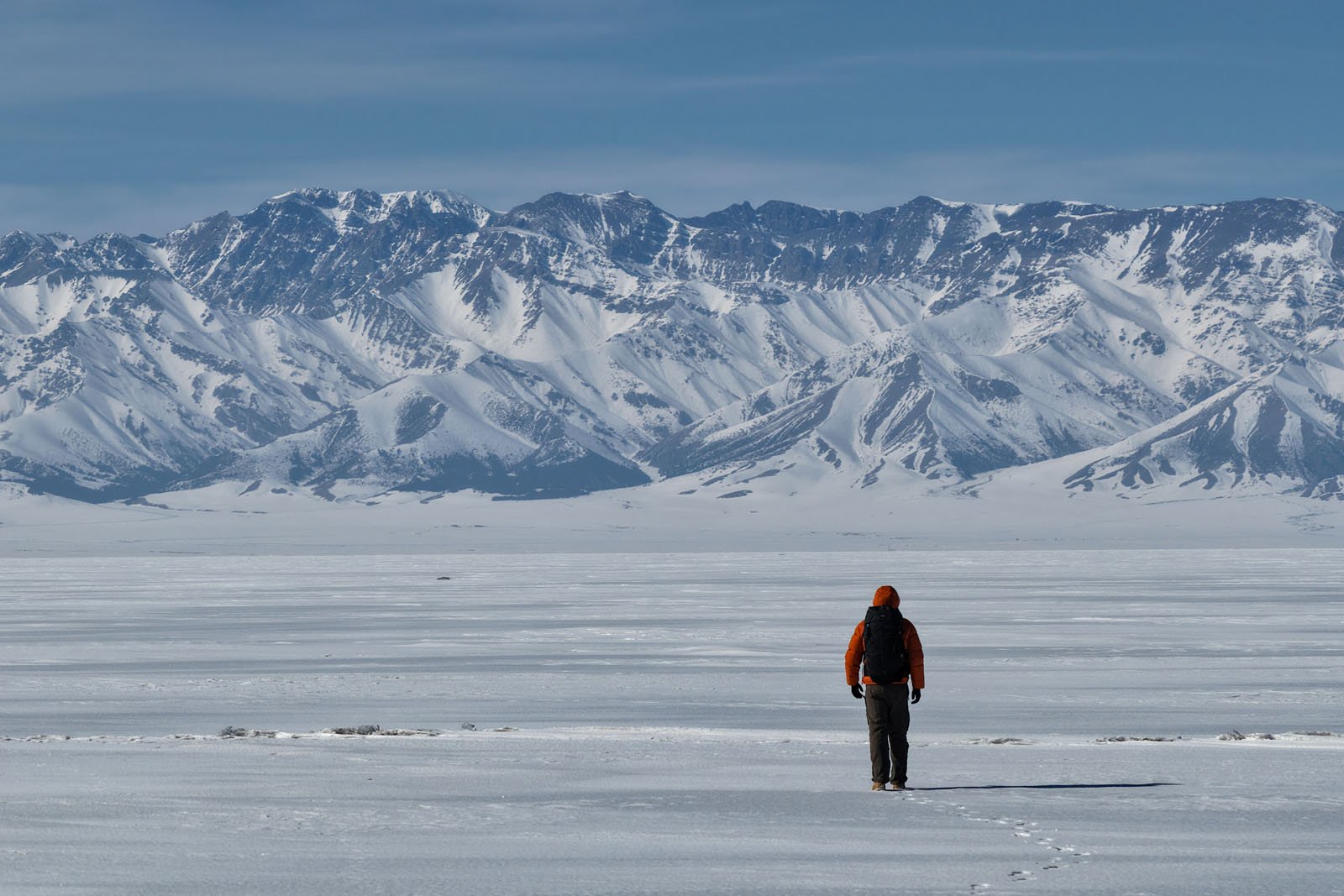
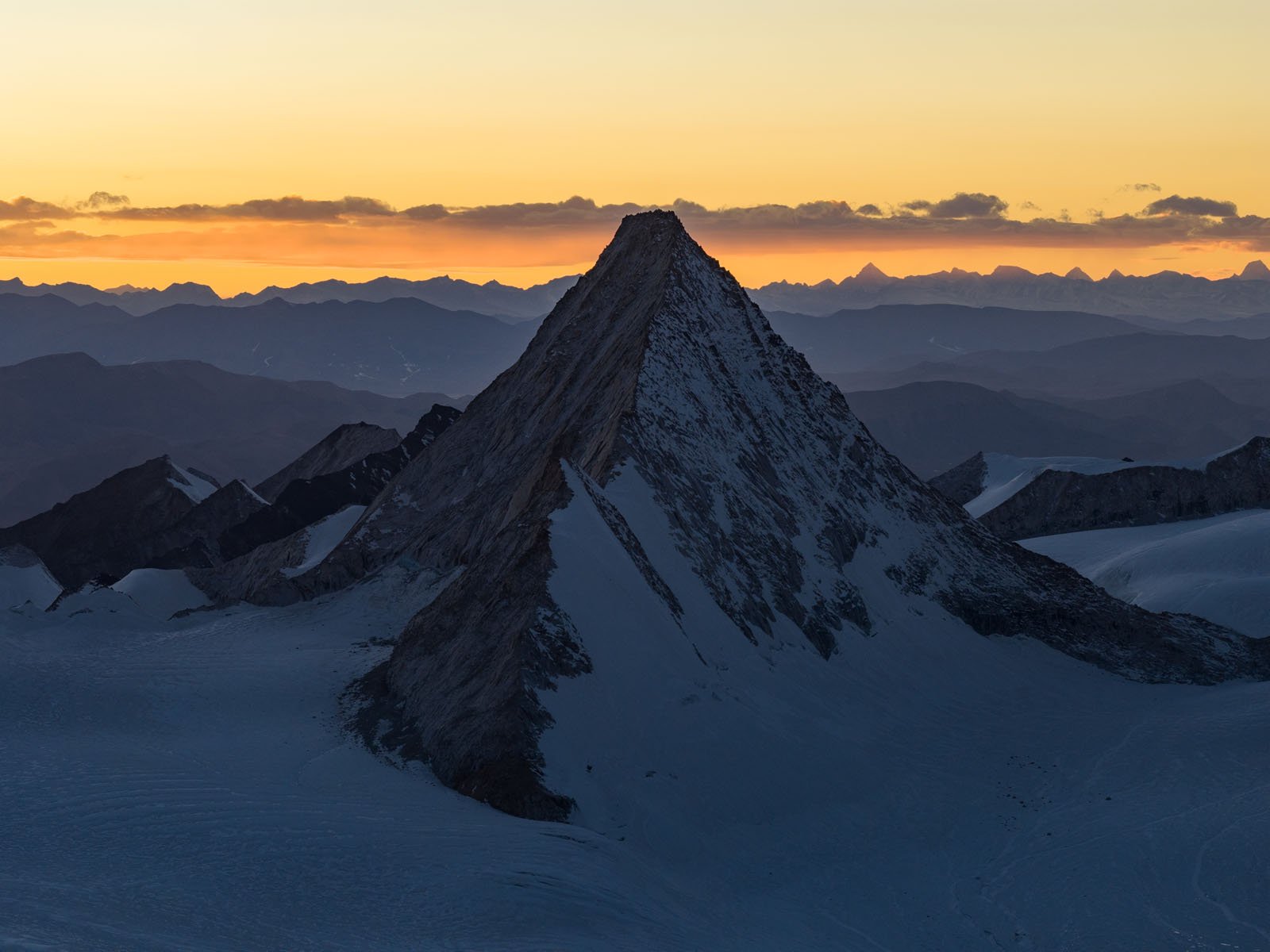
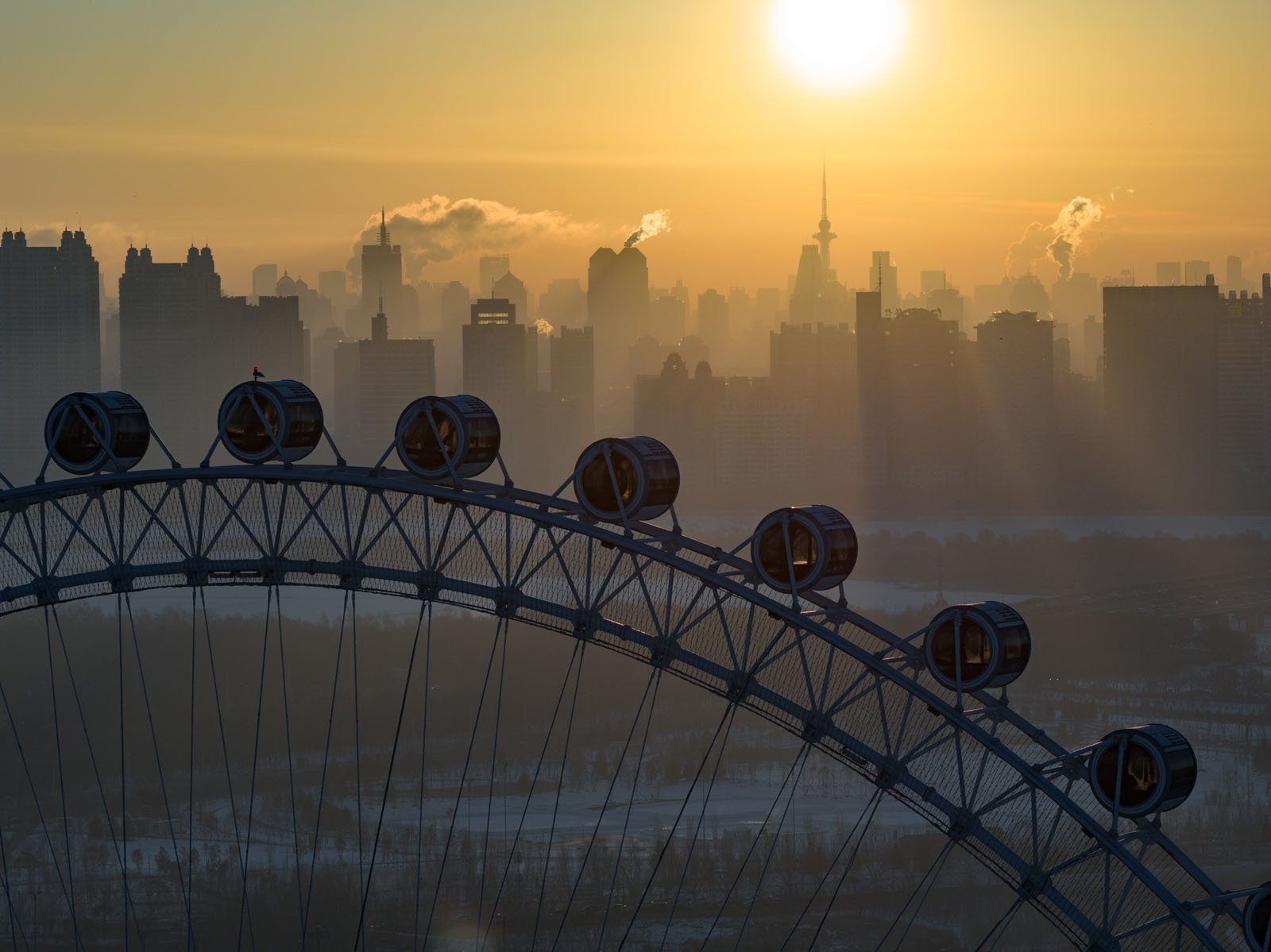
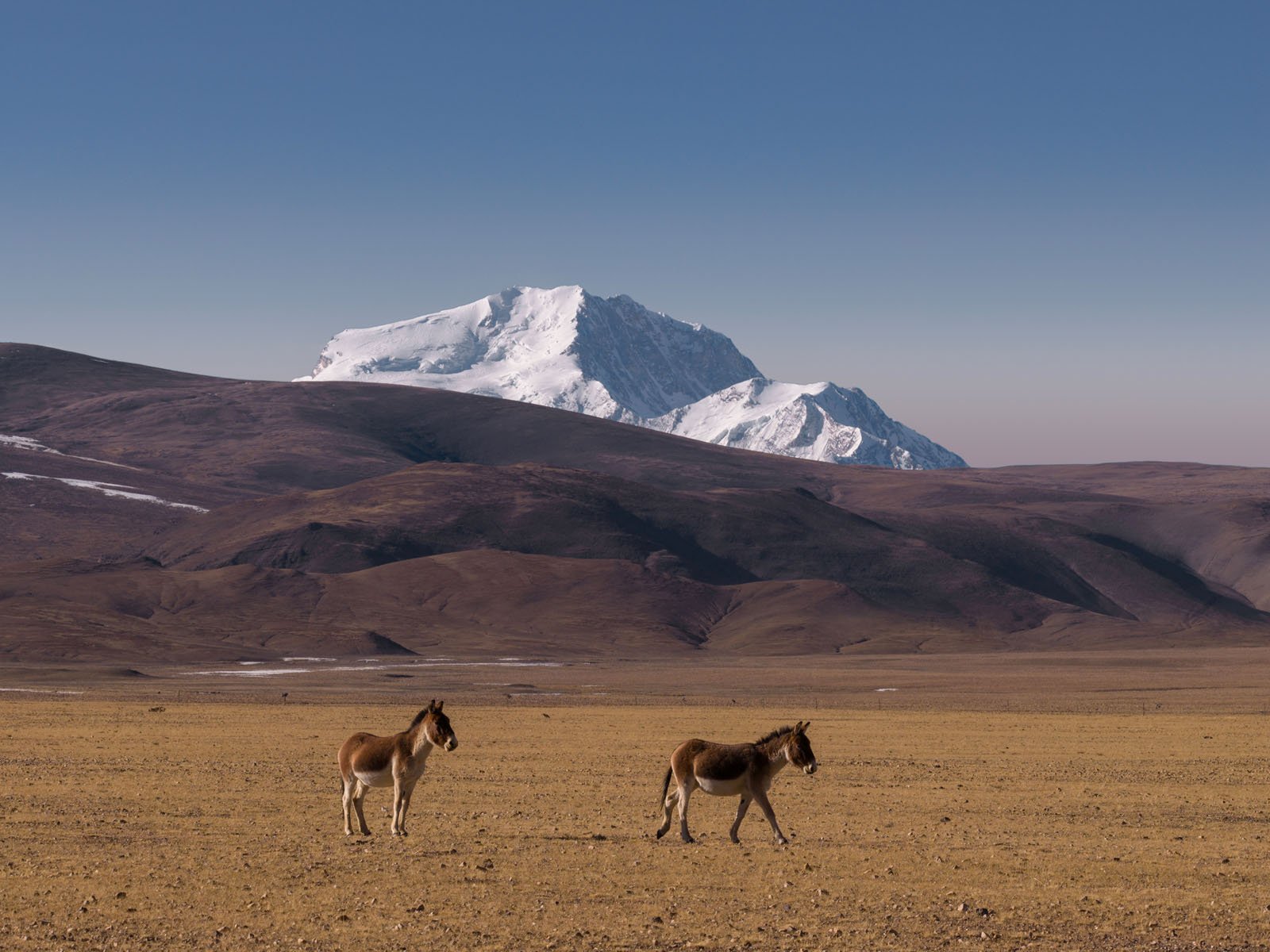
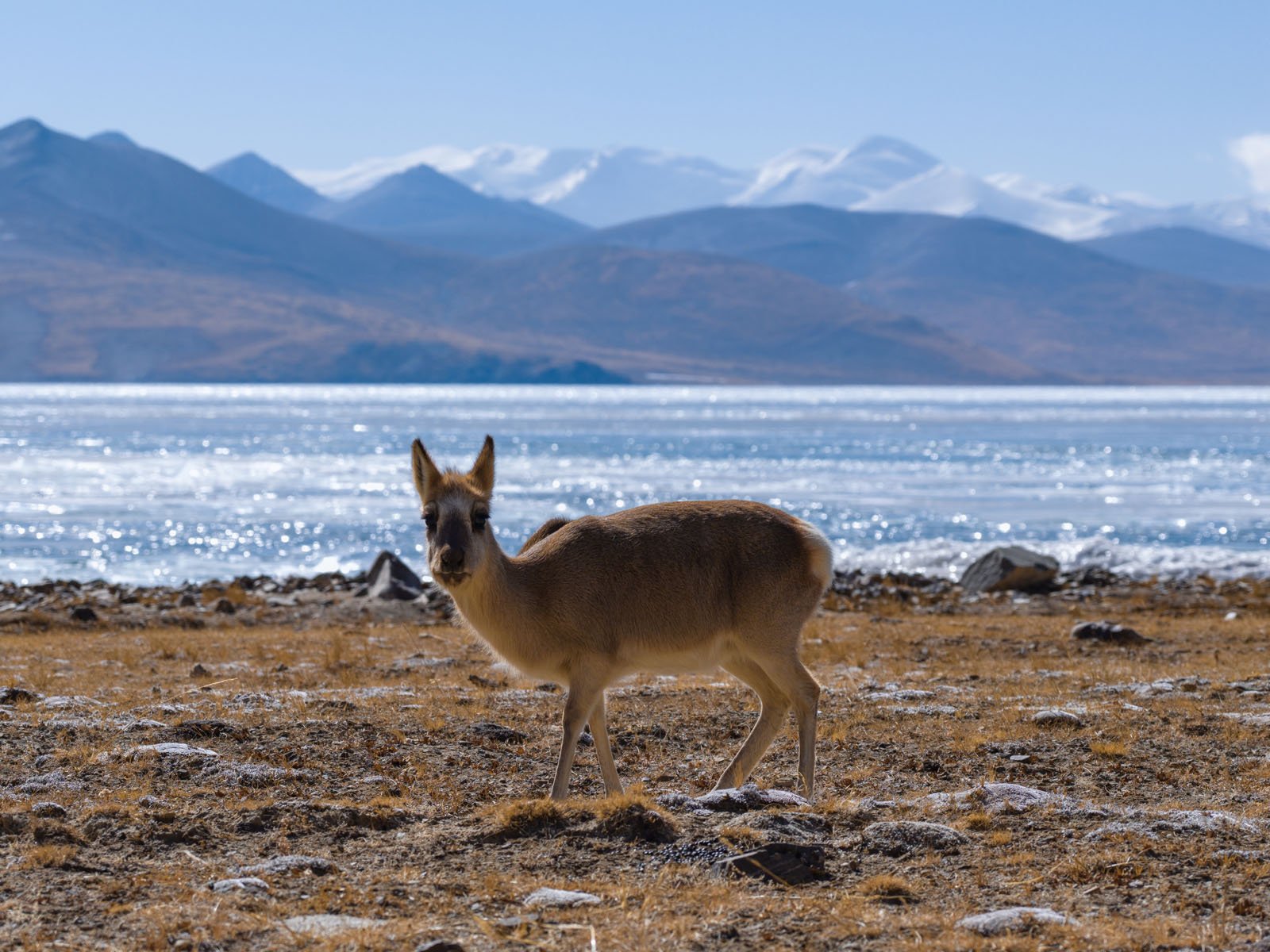
Pricing and Availability
The DJI Mavic 4 Pro is available to order now in all the usual markets except the United States. The standard version is available in Canada, the UK, and Europe for $2,049, £1,879, and €2,099, respectively.
The DJI Mavic 4 Pro Fly More Combo is $2,799 CAD, £2,459, and €2,699.
The DJI Mavic 4 Pro 512GB Creator Combo, which includes the new RC Pro 2 controller, is $3,459 CAD, £3,209, and €3,539.
There is no word yet on when the DJI Mavic 4 Pro will be available in the United States, although a new 90-day tariff reduction on China may give aerial photographers hope that it will arrive sooner rather than later.
Image credits: DJI